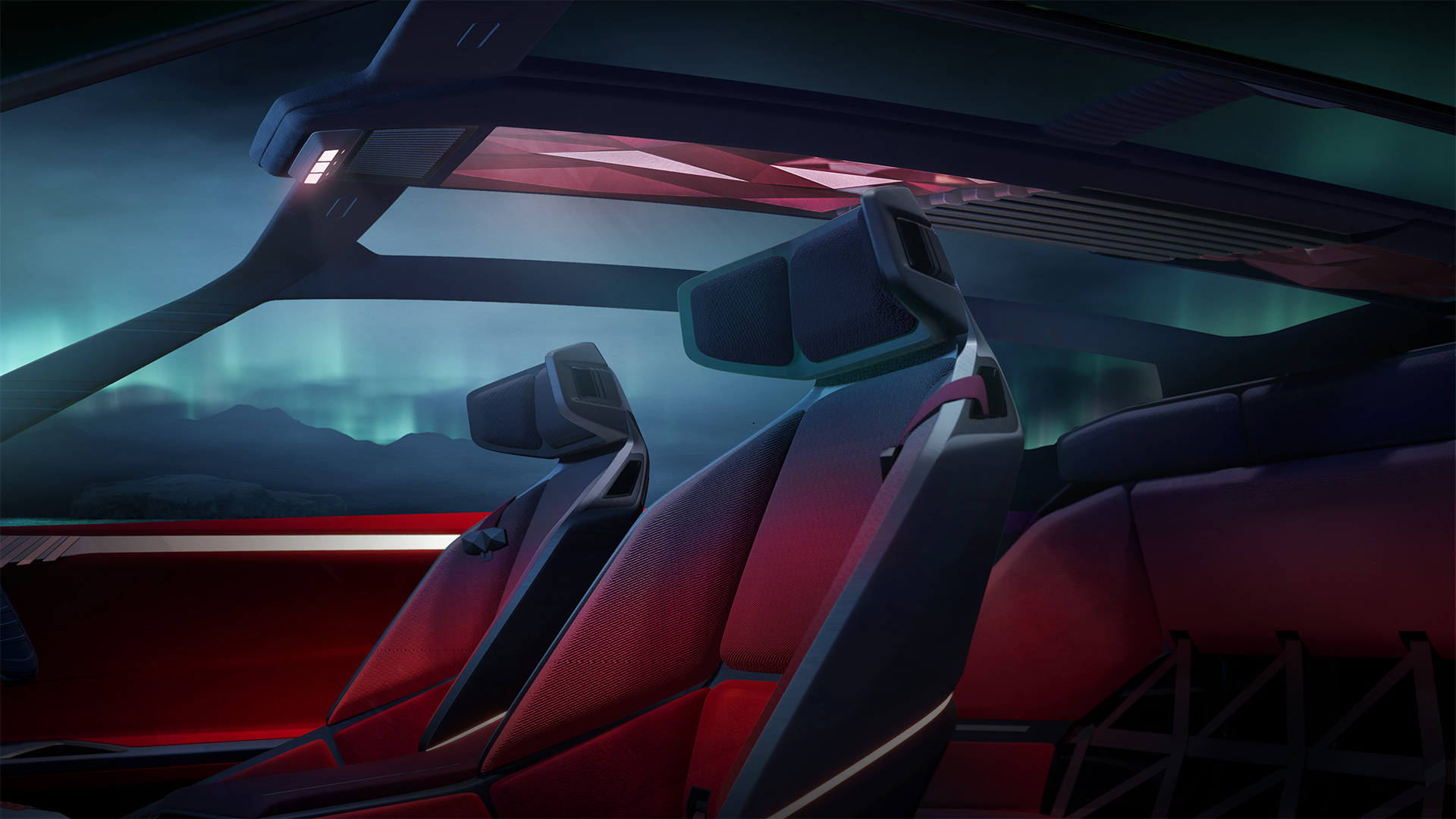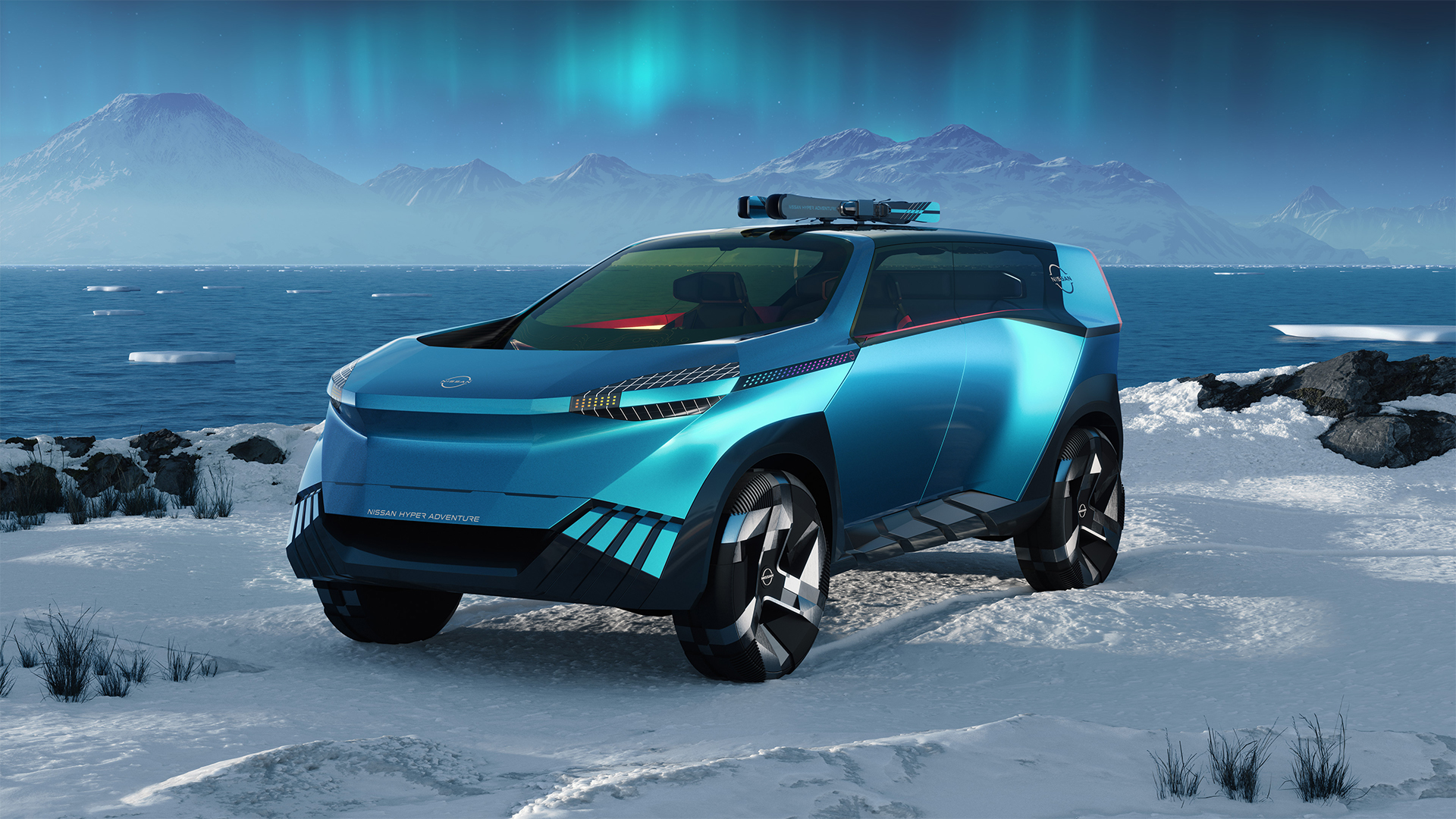If you have been keeping up with Nissan’s pre-Japan Motor Show antics, you will know that the brand is releasing three exciting new concept cars under the guise “Hyper”. The first was its Hyper Urban EV, which hinted at a striking new exterior design and a lounge-like interior designed to become part of your living space.
Now, Nissan has lifted the lid on its second offering, the Hyper Adventure, which is the next installment of its EV concepts. But this one moves away from the urban and is aimed squarely at those with an active outdoor lifestyle.
According to Nissan, “extended time on the road requires energy,” so it has created an electric off-road machine that features V2X (vehicle-to-everything) technology. Essentially, you can plug in whatever you want and it will charge from the onboard batteries.
Anyone with even a half-eye on the automotive industry will know this is nothing new, as Kia’s EV6 has a V2X capability, as does Hyundai’s angular Ioniq5 model. But here, Nissan claims its “large-capacity” battery will double up as a power source to do everything from light up campsites to “recharge their electric jet skis” – because we’ve all got one of those sitting around at home.
At the beating heart of this concept is Nissan’s advanced e-4ORCE all-wheel-control system, which is likely the Japanese marque’s way of stating its intent to explore a properly capable electric off-road vehicle. This is backed up by the raised ride height and angular design language that neatly follows from the aforementioned Hyper Urban EV.

Other wild touches include a rear bench seat that rotates through 180 degrees so it can face out of the rear tailgate. Said tailgate also includes automatic extendable and retractable steps, which “come in handy when camping, getting ready for a day of skiing, or taking in a scenic view,” according to Nissan.
Take it with a pinch of salt
Concepts like this are always designed to get the imagination going, and we can expect most of the features to be thoroughly toned down come production time… should it ever go into production.
That said, a theme that is running through Nissan’s recent concept cars is a focus on bold, sharp and angular exterior styling, while the interiors are stripped-back, minimalist spaces.
We can fully expect to see such design language carried through to Nissan’s upcoming EVs, of which there are going to be many. The company has committed to 19 new electric vehicle launches by 2030.
Features, such as the ability to charge anything via V2X technology, as well as V2G systems that feed electricity back into the grid, have already been explored and adopted by Nissan vehicles in certain markets. So we can fully expect greater exploitation of these in the near future.
